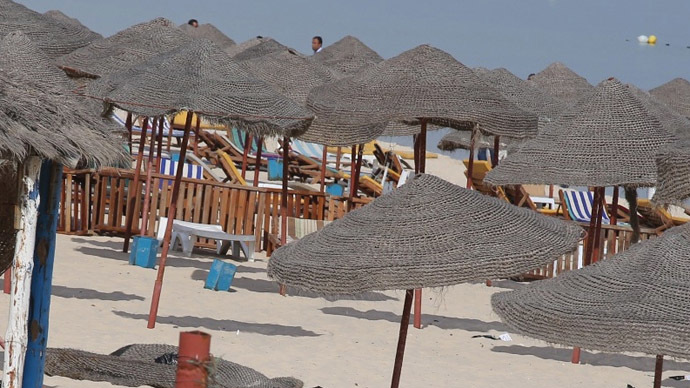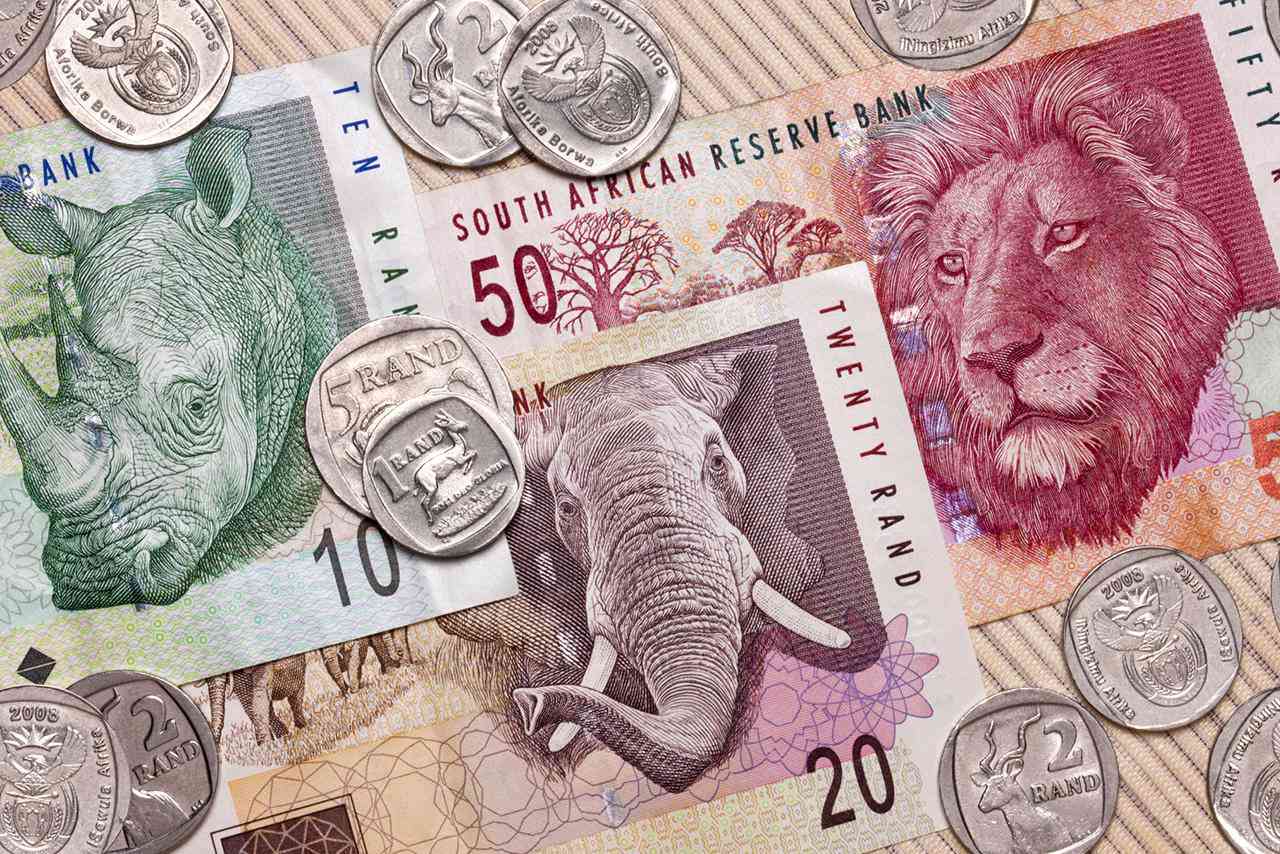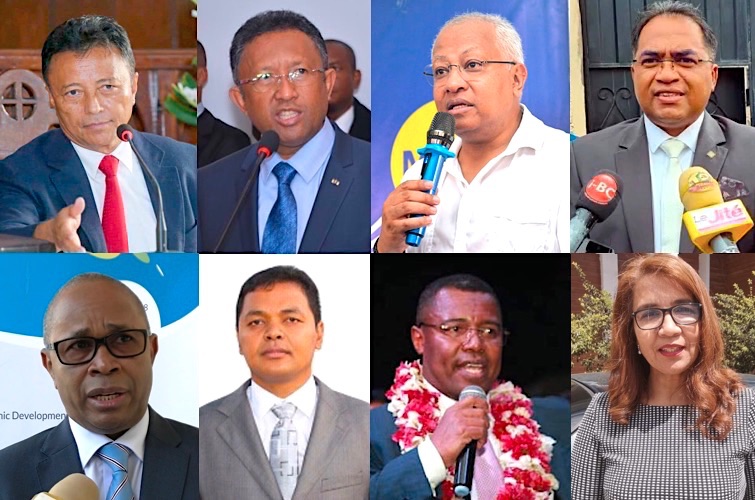Since the reopening of borders in April 2022, tourism in Madagascar has been slowly regaining momentum after two years of isolation from the rest of the world during the Covid-19 pandemic, though lack of services and soaring airfare prices have meant that the potential for tourism development has largely been left untapped.
Despite an undeniable attraction for Madagascar as a destination, renowned for its one-of-a kind biodiversity, heavenly beaches, and favorable weather, the island only welcomed 106.000 tourists between January and November 2022, three times less than pre pandemic. Reasons for this slow revival can be explained by a lack of services and the soaring prices of plane tickets according to the Confederation of tourism of Madagascar.
Players in the sector hope that the slow resumption will encourage the State to make significant improvements in domestic transport. The lack of domestic flights and increasingly dilapidated roads make access to certain sites very difficult. This is particularly the case for Morondava and its majestic Baobab Alley, in the west of the country.
After the country was awarded the title of “Indian Ocean’s Leading Green Destination 2022” by the World Travel Awards in its 29th edition, Madagascar’s Ministry of Tourism expects an arrival of 300,000 visitors in 2023. Still, the Covid-19 pandemic has hugely affected tourism in Madagascar. The country’s tourism sector is threatened, with 44,000 direct jobs and 300,000 indirect jobs potentially jeopardized. To revive tourism, associations, travel agencies, parks and other stakeholders are focusing on local tourism, putting ecotourism and community tourism at the heart of their initiatives. Though community based tourism has been in vogue for quite some time on the island, it is now a crucial step towards the sector’s revival.



